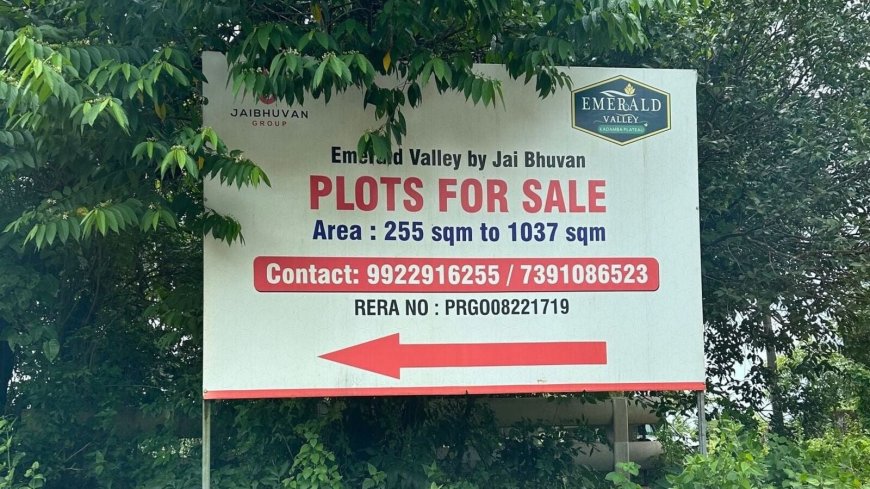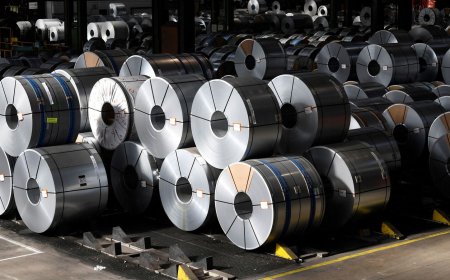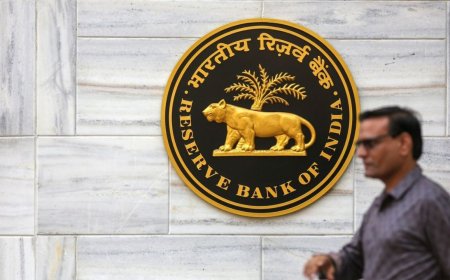Beyond the metros: Why tier 2 cities are seeing a surge in land deals
Tier 2 cities in India like Lucknow, Indore, and Jaipur are seeing a spike in land deals. Discover the key reasons behind this boom and what it means for investors.

India’s real estate landscape is witnessing a shift as Tier 2 cities emerge as hotspots for land transactions, driven by rapid infrastructure development, digital expansion, and a growing appetite among investors.
Changing Dynamics in Indian Real Estate
For years, India’s metro cities—Delhi, Mumbai, Bengaluru, and Hyderabad—have dominated the real estate narrative. However, recent trends indicate a paradigm shift. Tier 2 cities such as Lucknow, Indore, Jaipur, Coimbatore, and Bhubaneswar are fast catching up, with land deals in these regions surging over the past 12–18 months.
According to data from real estate consultancy Knight Frank India, land deals in non-metro cities accounted for nearly 40% of the total land transaction volume in FY24, a significant jump from 27% in FY22. This trend is a reflection of growing investor confidence in India’s expanding urban and semi-urban landscape.
Key Drivers Behind the Boom
1. Infrastructure and Connectivity Boom
Government investments in infrastructure projects like smart cities, industrial corridors, and expressways have turned Tier 2 cities into real estate magnets. The Bharatmala and Gati Shakti programs have notably enhanced regional connectivity, opening up peripheral lands for development.
“Improved road, rail, and air connectivity has made Tier 2 cities more accessible and viable for commercial and residential growth,” said Anuj Puri, Chairman, Anarock Group. “Land prices in these cities are still affordable, making them attractive for investors and developers alike.”
2. Reverse Migration and Hybrid Work Models
The COVID-19 pandemic and the resulting shift to hybrid and remote work models have altered residential preferences. A growing segment of the urban workforce is moving back to their hometowns in Tier 2 cities, fueling housing demand.
“This reverse migration has rebalanced demand across geographies,” noted Ramesh Nair, CEO, India and Market Development, Asia, Colliers. “People now value larger homes and better quality of life, which Tier 2 cities offer at a fraction of metro costs.”
3. Rise of E-commerce and Warehousing Needs
The expansion of e-commerce and logistics companies into Bharat’s heartland has increased the need for land for warehousing, fulfilment centres, and last-mile logistics. Cities like Bhiwandi (Maharashtra), Surat (Gujarat), and Tiruchirapalli (Tamil Nadu) have seen a spurt in land acquisitions by major players like Amazon, Flipkart, and Reliance Retail.
Tier 2 City Stars: Regional Highlights
-
Lucknow: Witnessed a 28% year-on-year increase in land transactions, thanks to metro rail expansion and IT SEZ development in Gomti Nagar and Shaheed Path.
-
Indore: With an upcoming metro system and industrial zone investments, the city has become a magnet for warehousing and retail development.
-
Jaipur: Proximity to Delhi NCR and rapid highway expansion under the Delhi–Mumbai Industrial Corridor has made Jaipur a strategic investment point.
-
Coimbatore: The city is seeing a rise in textile and tech industry-related land demand, aided by favorable state policies in Tamil Nadu.
Investor Outlook and Risk Considerations
While land in Tier 2 cities remains more affordable (₹1,500–₹8,000 per sq ft) compared to metros (₹10,000–₹50,000 per sq ft), investors are advised to proceed with due diligence. Key factors to consider include zoning regulations, title clarity, infrastructure timelines, and developer credibility.
Vishal Shah, Director at HDFC Capital, commented, “Institutional investors are actively evaluating land parcels in these markets. However, success lies in aligning investments with demand projections and policy frameworks.”
On the demand side, end-users, small developers, and NRIs are emerging as significant buyers, encouraged by flexible state policies and lower acquisition costs.
Policy Push and State Initiatives
Many state governments have introduced real estate policies tailored to boost Tier 2 growth. For example:
-
Uttar Pradesh reduced stamp duties for women buyers.
-
Rajasthan launched the Urban Infrastructure Development Scheme (UIDS) to promote suburban townships.
-
Tamil Nadu unveiled a fast-track approval system for residential layouts in smaller cities.
Such incentives are creating a more enabling environment for real estate investments beyond the big metros.
A Word of Caution: Is It a Bubble?
While the momentum is real, some experts urge caution. “There’s a risk of speculative land hoarding if proper urban planning isn’t implemented,” warned Rohit Poddar, MD, Poddar Housing. “Balanced development is the need of the hour.”
Still, the long-term prospects appear robust. The rise of Tier 2 cities is not just a trend—it’s a restructuring of India’s urban economy.
The surge in land deals in Tier 2 cities reflects a broader transition in India’s real estate ecosystem. With supportive government policies, infrastructure-led growth, and changing lifestyle aspirations, these cities are emerging as the new engines of real estate value creation.
For investors, the Tier 2 story offers both an opportunity and a challenge—the chance to tap into high-growth zones, but with a strong need for strategic foresight, market research, and risk assessment.
What's Your Reaction?
 Like
0
Like
0
 Dislike
0
Dislike
0
 Love
0
Love
0
 Funny
0
Funny
0
 Angry
0
Angry
0
 Sad
0
Sad
0
 Wow
0
Wow
0













































































